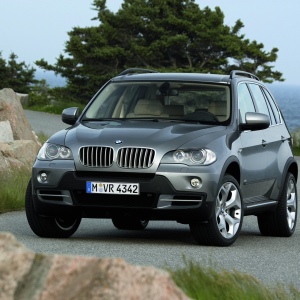Topping the coolant into the expansion tank should be confident in compatibility of the applied compositions. Careless attitude to the choice of antifreeze sooner or later becomes a source of car engine breakdown. We will understand in the criteria of interchangeability of various types of products and make appropriate conclusions.
The coolant of any brand consists of ethylene glycol or propylene glycol, distilled water and additives. Manufacturers are used as additives many substances differing in their properties. Some elements are intended for anti-corrosion protection, others reduce the freezing temperature, and the third have a lubricating effect. In different antifreeges, components can be interacting with each other when mixed. After the reaction, precipitated salts are formed, scale appears, the corrosion of the metal and other sad consequences begin. Output number 1: It is impossible to mix antifreeze having a heterogeneous chemical composition.- Russian antifreeze G11, manufactured according to Volkswagen, is yellow (Sintec Gold), green (Sintec EURO) or blue (Sintec Universal) - depending on the tolerance class.
- The color of the cooling liquids of Japanese production (RAKY, AGA) speaks of their freezing temperature: yellow is designed to minus 20 ° C, and the red is used for minus 30 ° C.
- American companies (Prestone, Peak) usually produce antifreeges of green or red shades, regardless of their characteristics.
- Sometimes color change is associated with the manufacturer's marketing policy: until 2005, the plant produced a yellow antifreeze, and later the same composition began to be painted in an orange color.
Conclusion number 2: The same color of antifreezes does not guarantee compatibility of solutions.

As can be seen, the optimal solution of the issue of mixing antifreeze is to use one brand and save yourself from unnecessary problems. The video below discusses popular errors regarding compatibility tosola and antifreeze.


































